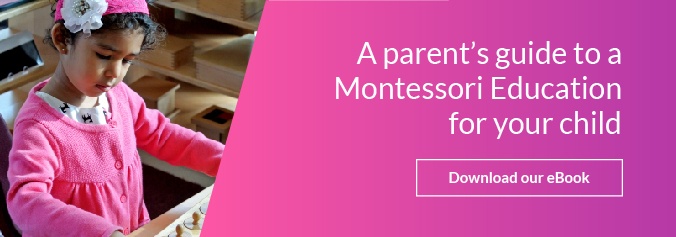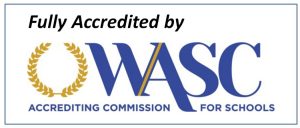The Montessori method, developed by Dr. Maria Montessori in the early 20th century, stands out in early childhood education for its unique approach to learning and development. Characterized by an emphasis on independence, respect for a child’s natural psychological development, and the use of hands-on learning materials, the Montessori curriculum is distinct from traditional education models. But what exactly does a typical Montessori curriculum look like, and how does it foster such a unique learning environment for children?
Core Components of the Montessori Curriculum
The Montessori curriculum is divided into five core components or areas of learning, each designed to cater to various aspects of a child's development:
- Practical Life: This area focuses on activities that develop life skills, from dressing and grooming to preparing food and cleaning. These tasks are not only intended to teach children how to perform everyday activities but also to foster independence, coordination, and concentration.
- Sensory Materials: Montessori classrooms are renowned for their sensory materials, designed to refine the five senses while teaching skills such as sorting, matching, and classifying. These materials, like the pink tower (blocks of varying sizes) or the sound cylinders, are self-correcting, allowing children to learn through discovery rather than direct instruction.
- Language: Language development in a Montessori classroom begins with oral language activities and gradually progresses to writing and reading. Montessori materials for language include sandpaper letters for tracing to develop muscle memory for writing, moveable alphabet sets for word and sentence formation, and a variety of books for reading.
- Mathematics: The Montessori math curriculum introduces concepts concretely and progresses to more abstract ideas. It utilizes specially designed materials, such as number rods for understanding quantities and the decimal system, bead chains for skip counting and understanding the decimal system, and various counters for learning arithmetic operations.
- Cultural Studies: This component encompasses geography, science, history, and art, aiming to develop a child's understanding and appreciation of the world around them. Materials and activities include puzzle maps for geography, timelines for history, and experiments for science.
Key Features of the Montessori Curriculum
- Mixed-Age Classrooms: Montessori classrooms typically include children of varying ages, usually spanning three years. This setup allows younger children to learn from older peers and gives older children the opportunity to reinforce their knowledge by teaching concepts they have already mastered.
- Child-Directed Learning: Children are given the freedom to choose their activities from within a prescribed range of options. This autonomy encourages children to follow their interests and learn at their own pace, fostering a love for learning.
- Prepared Environment: The Montessori classroom is carefully prepared to encourage independence and exploration. Materials are placed on accessible shelves, furniture is child-sized, and the environment is designed to meet the developmental needs of the children in the classroom.
- Role of the Teacher: Montessori teachers, or guides, play a different role than in traditional education settings. They observe the children, introduce new materials at appropriate times, and facilitate learning rather than direct it. Their goal is to support the child's natural learning process.
The Montessori curriculum offers a holistic approach to education, aiming to develop not just academic skills but also social, emotional, and practical life skills. Its unique blend of structure and freedom, combined with a deep respect for the child's natural development, makes it a powerful model for fostering independent, confident, and curious learners. By understanding the components and philosophy behind the Montessori curriculum, parents and educators can better appreciate the value it brings to early childhood education.












Let us know what you think about this post
Put your Comment Below: